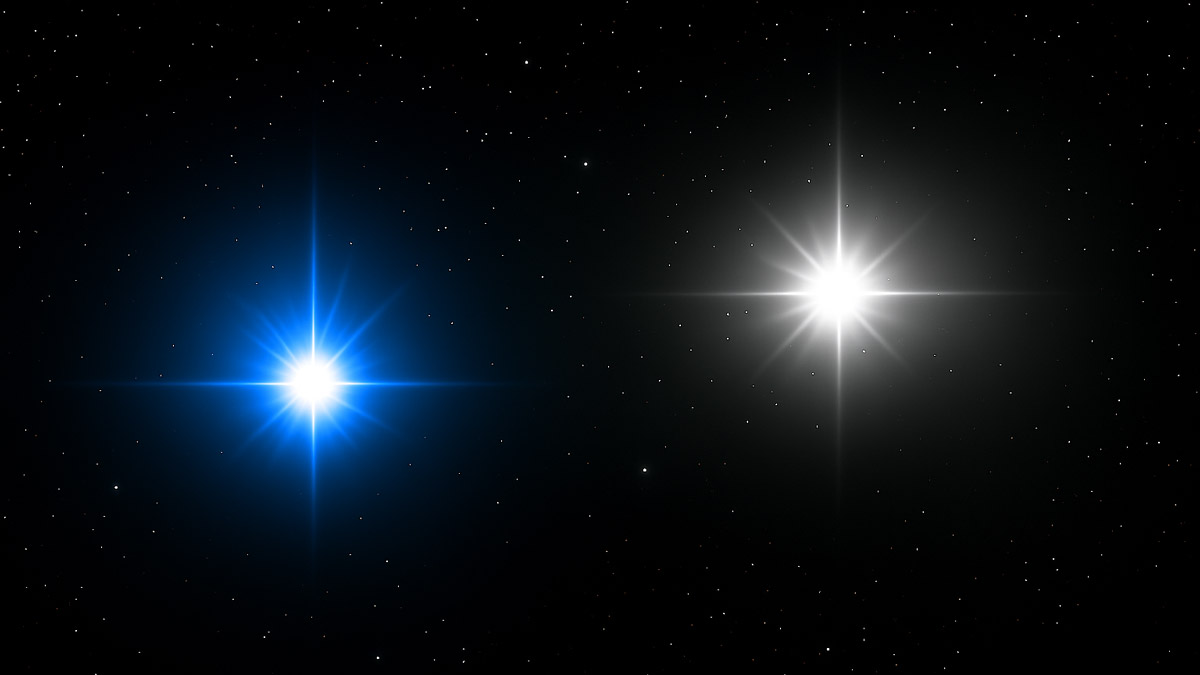14 Aurigae, a prominent multi-star system in the Auriga constellation, features a bright primary star of +5 magnitude while the dimmer secondary appears blue. The stars are 286 light years away and separated by 14 arcseconds. As part of the Orion Spur in the Milky Way, 14 Aurigae provides insights into stellar evolution.
Tag Archives: Auriga
41 Aurigae (Struve 845): A Lovely Pair with Debatable Color Differences in Auriga
41 Aurigae is a double star in the Auriga constellation, most visible during winter in the Northern Hemisphere. Observers report inconsistent colors for the stars, ranging from ‘blue and pale apricot’ to ‘silvery white and pale violet’. The author’s observations match with Smyth’s, stating the primary star appears silvery white with the secondary star slightly violet, or blue. Despite the contrasting reports, the pair’s brightness, proximity, and color disparity contribute to their appeal.
Messier 36 (NGC 1960): A Pinwheel of Stars
Messier 36, nicknamed the Pinwheel Cluster, is an open cluster in the constellation of Auriga. It is best viewed in winter through early spring. Approximately 60 stars make up the cluster, with many of the brightest stars making straggling lines or chains streaming from the center.
Struve 872: A Mystical Pair of Yellow and Lilac
Struve 872, also known as STF 872, is a double star in the constellation of Auriga and best viewed in winter. It’s often listed in top 100 charts of attractive doubles, most likely due to its pink and light yellow colors. Also known as SAO 58905.
Psi5 Aurigae (56 Aur): A Yellow and Deep Dark Blue Pair
Psi5 Aurigae, also known as 56 Aur, is an attractive multiple-color double star in the Auriga constellation, best viewed on winter nights. The pair is bright and features a bright yellow star near a dark deep blue star. Also cataloged as SAO 41330.
Messier 37 (NGC 2099): A Diamond Starburst in Auriga
M37 is one of the most beautiful clusters in the northern winter sky. It resides in the constellation Auriga. it fills a wide-field eyepiece wonderfully.
Struve 764: Two White-Gray Pinpoints in Auriga
Struve 764 is a double star in the Auriga constellation, best viewed on winter nights.
The pair of stars that make up STF 64 are both off-white in color and are easily separated in the sky with a telescope. The primary star is a off-white, while the secondary star is white but with a touch of alluring green. Systems i also known as SAO 77383.
Struve 698: A Colorful Pair of Orange and Blue
Struve 698 is a double star with several great attributes: it’s colorful, bright, and fairly wide apart. A great target for backyard astronomers on cold winter nights.



